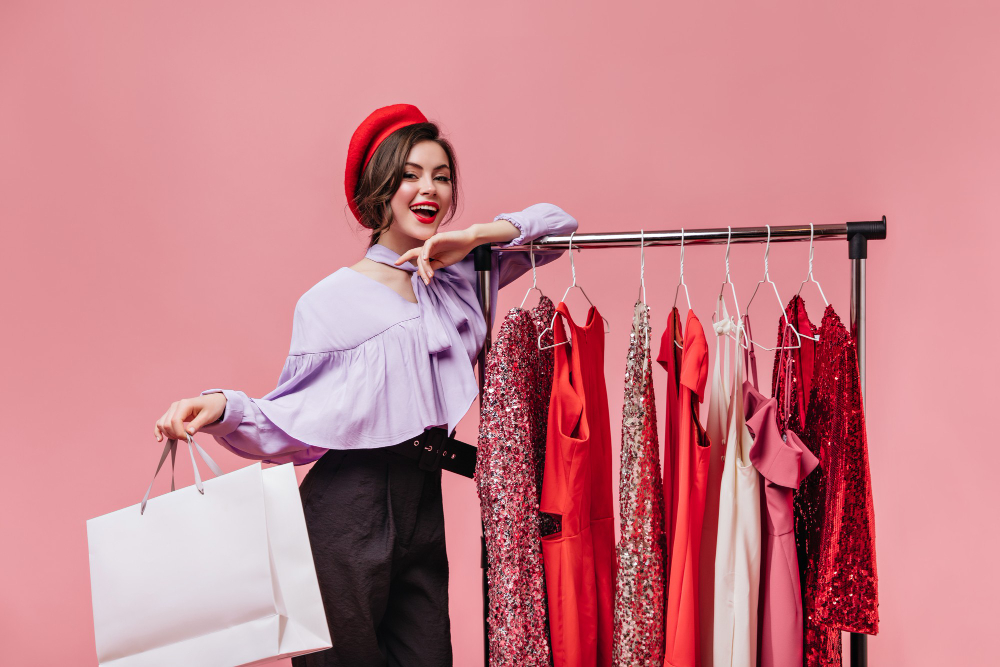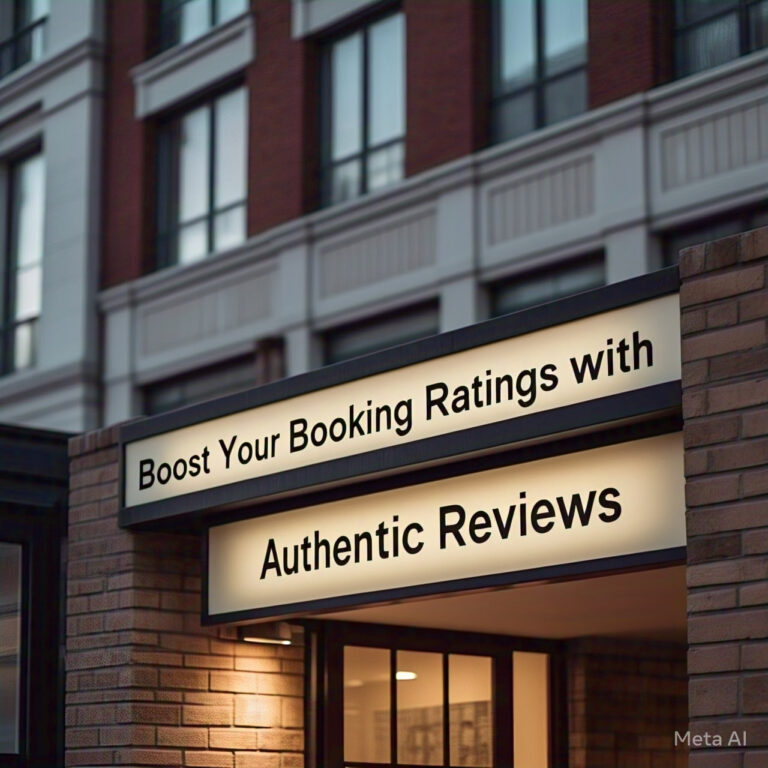Entering the retail world is exhilarating, but your success pivots on a pivotal decision: choosing the best wholesale clothing vendors. This comprehensive guide will aid you in navigating the vast landscape of suppliers to identify the ideal partners for your boutique.
1. The Importance of the Right Vendor
The vendor you choose directly impacts your inventory’s quality, delivery timelines, and profit margins. Partnering with a reputable vendor safeguards your brand’s reputation by ensuring consistent, high-quality products tailored for your clientele.
2. Key Considerations in Vendor Selection
Quality Over Quantity: Prioritize impeccable product quality. High-caliber products cultivate customer loyalty and referrals.
Minimum Order Quantities (MOQ): Ascertain that a vendor’s MOQ aligns with your logistical and financial capabilities.
Pricing: Competitive wholesale rates are pivotal for maintaining a lucrative retail markup.
Reputation: Delve into reviews, testimonials, and ask for references. A vendor’s historical performance can be illuminating.
Location: While local vendors might offer logistical conveniences, don’t overlook international suppliers who could present unique product offerings.
3. Vendor Categories
Manufacturers: The primary product source, they offer the most competitive prices but usually demand higher MOQs.
Distributors: They act as middlemen, procuring from manufacturers and supplying retailers. They provide a broader product spectrum but typically at a premium.
Dropshippers: They facilitate product listing without the need for inventory upkeep. Once an item is sold, you purchase it from the dropshipper, who manages direct shipping to the consumer.
4. Premier Wholesale Clothing Vendor Platforms
Alibaba & AliExpress: Renowned B2B platforms linking retailers with manufacturers, predominantly in Asia.
Topdowntrader: An esteemed online B2B marketplace, celebrated for its fashion-forward offerings.
SaleHoo: A directory encompassing a myriad of wholesalers and dropshippers.
5. Niche-Specific Vendors
Tailor your vendor search based on your boutique’s niche:
Organic & Sustainable Clothing: Brands like EcoVibe Apparel and PACT champion green fashion initiatives.
Plus-Size Clothing: Outfits from ELOQUII or Torrid cater to this segment with flair.
Children’s Clothing: Vendors such as Tea Collection or KicKee Pants are children’s wear specialists.
6. Cultivating Robust Vendor Relationships
Transparent Communication: Be forthright about your needs, apprehensions, and feedback.
Prompt Payments: Adhering to payment schedules fosters trust and can lead to preferential deals in subsequent transactions.
Routine Engagements: Maintain periodic touchpoints, ensuring an active rapport and gaining early access to novel product launches or industry shifts.
7. Staying Trend-Adjacent
Regularly update yourself with prevailing fashion movements. Industry events like trade shows, fashion weeks, and revered publications such as Vogue or WWD can offer invaluable insights. These trends should guide your interactions with vendors and influence your inventory selections.
8. Mitigating Vendor-Associated Risks
Sample Acquisitions: Prior to substantial commitments, procure samples to verify quality and gauge customer reactions.
Diversified Supplier Base: Avoid sole dependency on a single vendor. Engaging multiple suppliers mitigates risks and guarantees inventory diversity.
Negotiation: While open dialogues are encouraged, ensure a definitive contract is in place to preclude potential disagreements.
Conclusion
Selecting the optimal wholesale clothing vendor is an ongoing fusion of research, relationship nurturing, and adjusting to market shifts. With adept vendor collaborations, your boutique is not merely set to prosper currently but is also primed for sustained growth.







